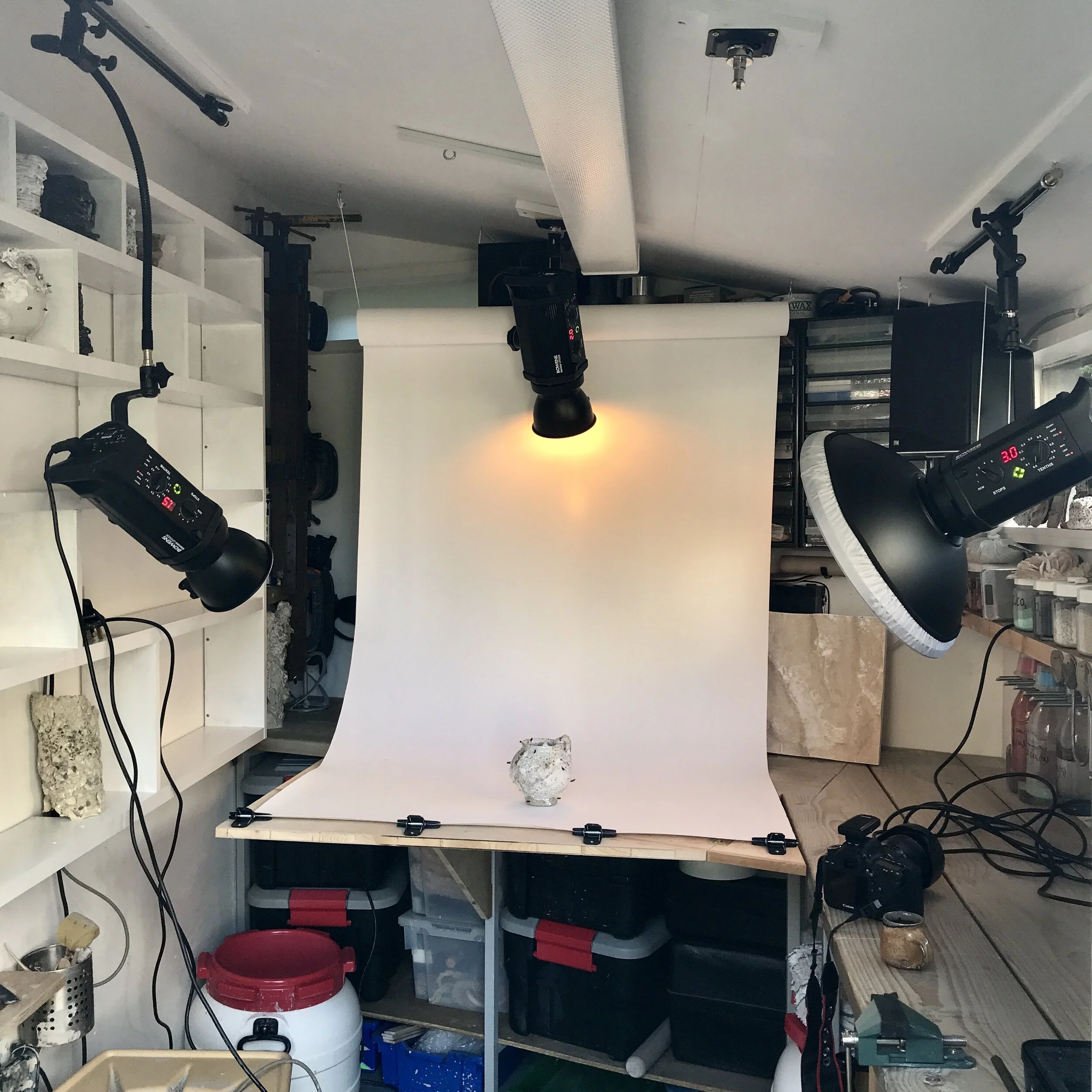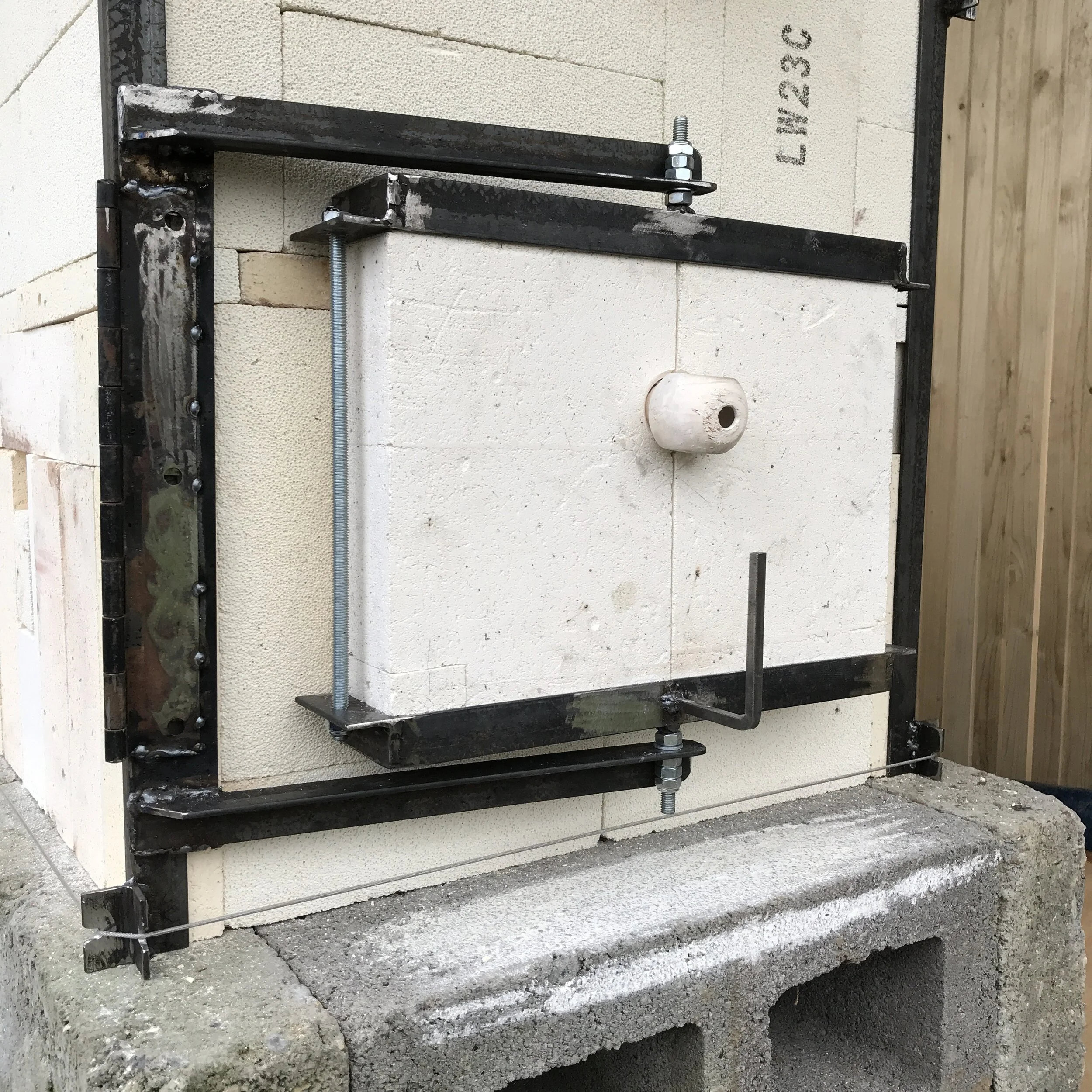Function?
Some of us are lucky enough to have had those special people say just the right thing at the perfect moment. At around the age of 5, my school teacher said the words “Art” and “School” back-to-back, and I can still feel how the entire universe re-ordered itself in that instant. - It had never occured to me that there was a School where you just “did Art” and nothing else!
My Father, despite a career in IT, is a thoroughly practical man with something of a soft spot for carpentry: He build our fitted kitchen from scratch from beautifully aromatic Pitch Pine salvaged from an old mill in the North of England. He seemed to spend every weekend tinkering and mending something, if not working in the garden. My maternal grandfather was a Blacksmith, and my paternal grandfather a Butcher, and through genes, and family stories, and childhood exposure to tools and workshops, I am a maker too.
While Art School was the promise that saw me through the lows of poorly taught History lessons and humiliating English class, it also perpetuated the idea that Art is not a “Functional” thing. I struggled with the labels of Painting and Sculpture, as much as I did with the feeling that I was supposed to make only one type of thing, so the reclaimed oak table I made while dreaming of as yet unborn children sitting around it, and the maple and walnut bed I made for my wife when we married, and the small turned wooden bowls, spoons and ornaments, all intensely personal and romantic, were objects and processes which for a long while I felt I should hide.
Even today I find myself questioning the knife edge between Art and Craft, and seeing it more as fertile cloud forest between two mountain ranges. Surely the space between is a myth and it is the shared common ground where I am choosing to place my work.
At Art School, while making wall-based-sculpture, I also enjoyed the practice and the still of Life Drawing class. Many Artists known for their more abstract work have maintained a life-long routine of Life Drawing, often finding the rigour and discipline of observational drawing to be the perfect companion to the other, more conceptual part of their endeavour. And so it is with the discipline of Throwing with me.
Many Potters will cite the making of tea-pots as the bringing together of multiple concerns and skills into one deceptively simple and wonderfully familiar object. It is sometimes held up, as a pinnacle of learning, and is certainly not an easy task. Each component must be made with the others in mind; the belly and foot of the body will inform the treatment of the lid. The spout and handle form another element of the conversation, and all this before surface treatment or decoration come into the frame. Once this gauntlet is run, it must hold liquid without the weight becoming uncomfortable, and face the final test: Will it pour well?
I never really saw myself as a Potter and often write the word Ceramist or Ceramic Artist with equal uncertainty. In my heart I am unsure that I truly deserve the title of Potter and would hold it to be a greater achievement than Artist. Lately I am less inclined to feel a pressure to choose.
The smallest details; the gallery and knob of the lid, how the handle joins to body, the weight in your hand as the whole thing pours, how light plays off the inside when boiling water splashes in. These are the joy or failure of the piece, the life and happiness it can empart, and goal at the heart of the whole attempt. And the grit of a surface, or drip of a glaze the thumb print or wobble, like the scratches and patina on a family table are the Love and the Art of it all.
So, while well intentioned, the old maxim ‘Form follows function’ can never truly sum up the relationship between the two, nor the dance they spin together. I settle for ‘Form marries function’ with all of the passion and tension, tenderness and compromise any good marriage brings.















